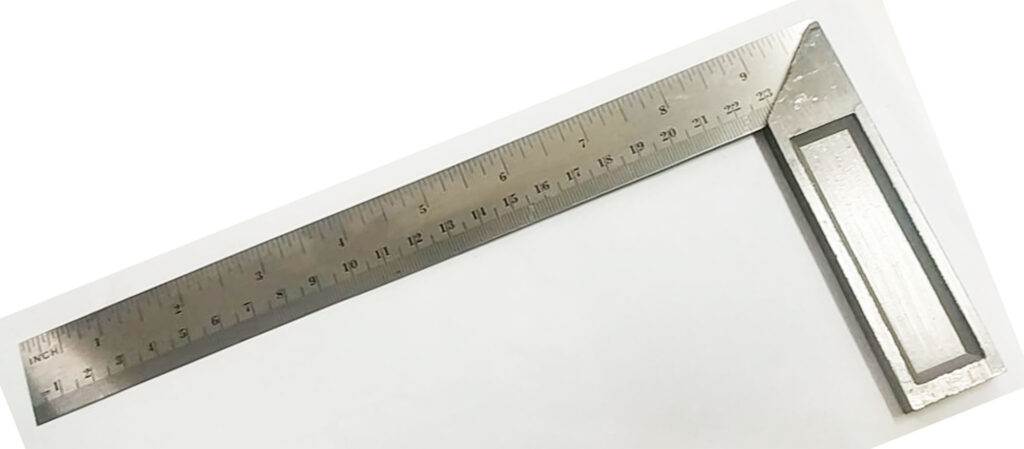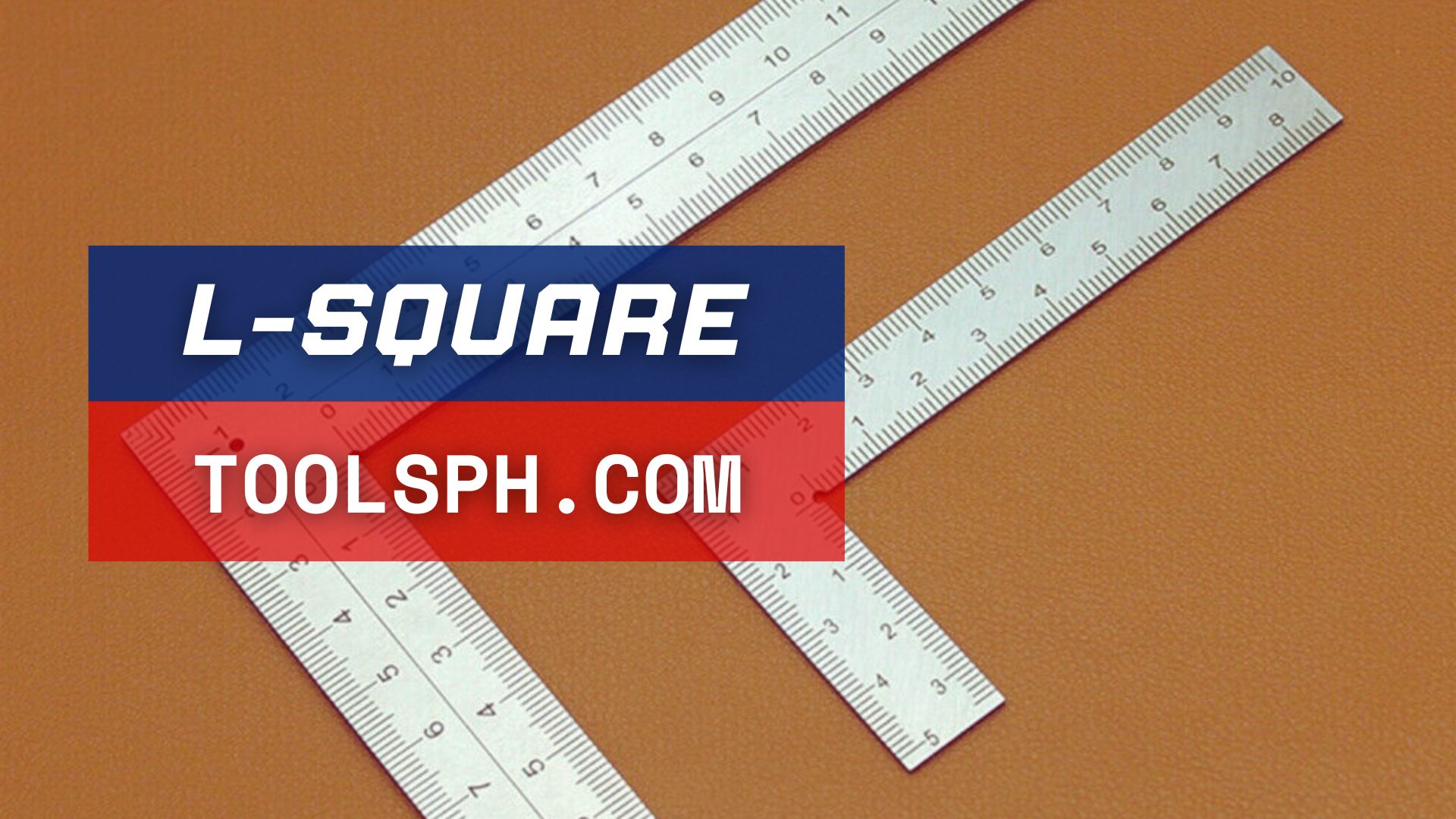In technical drawing and drafting, the L-square is a useful tool. Its shape resembles a “L,” with one arm being longer than the other and making a right angle. With this tool, you can accurately draw parallel and perpendicular lines. For architectural drawings, floor plans, and engineering diagrams, drafters and engineers frequently utilize it. Accompanying the shorter arm for accurate measurements and alignment is the longer arm, which serves as a straightedge and offers stability. Different industries have different drafting needs, and L-squares are available in a range of sizes and materials, including metal, wood, and plastic.
L-square Price
L-square prices vary depending on the brand, size, and material used. Its price ranges from ₱30.00 to ₱168.00
| Details | Size | Material | Prices |
| Bargain | 8 inches | Stainless Steel | ₱30.00 |
| Bargain | 10 inches | Stainless Steel | ₱33.00 |
| Bargain | 12 inches | Stainless Steel | ₱36.00 |
| Bestguard | 8 inches | Metal | ₱99.00 |
| Bestguard | 12 inches | Metal | ₱168.00 |
| NJ0818 | 20 inches | Wood | ₱38.00 |
| NJ0818 | 35 inches | Wood | ₱62.00 |

Advantages of L-square
Precision – Accurate alignment and perpendicularity are guaranteed by L-square’s design, which is essential for producing accurate drawings and diagrams.
Versatility – L-squares are useful tools in drafting because they can be used for a variety of tasks, such as aligning edges, measuring angles, and drawing parallel lines.
Compatibility – L-squares’ usefulness and versatility in various drawing tasks can be increased when combined with other drafting tools like T-squares, triangles, and compasses.
Scale Drawing – By precisely measuring and projecting distances onto the drawing surface, L-squares can be used to produce scaled drawings that make it easier to create intricate and well-proportioned designs.
Disadvantages of L-square
Limited Functionality – The main applications of L-squares are in the creation of parallel and perpendicular lines. They might not be as adaptable as other drafting tools, though, when it comes to drawing intricate shapes or curves.
Size Restrictions – When working on larger drawings or projects that call for extended reach, an L-square’s size may make it less useful.
Difficulty with Non-right Angles – L-squares are great for measuring right angles, but they might not be as useful for precisely measuring or drawing non-right angles without the use of extra tools or methods.
Video about L-square
FAQs
What materials are L-squares made from?
Plastic, wood, and metal are just a few of the materials that can be used to create L-squares. Varying degrees of cost, weight, and durability are provided by each material.
How do I use an L-square?
The longer arm of an L-square should be placed against the drawing surface’s edge and aligned with the desired edge or angle. Then, draw straight lines parallel or perpendicular to the edge using the shorter arm as a guide.
Can L-squares be used for measuring angles?
L-squares can be utilized for measuring angles by aligning one arm with the angle’s vertex and using its markings on the square, although their primary purpose is to create right angles.
Can L-squares be used in conjunction with other drafting tools?
Indeed, L-squares are a useful addition to other drafting instruments like rulers, compasses, triangles, and T-squares. Combining these tools can improve drawing tasks’ accuracy and productivity, enabling more intricate designs and measurements.
Can L-squares be used by beginners in drafting?
Because they are so basic and easy to use, L-squares are appropriate for those who are new to technical drawing and drafting.


